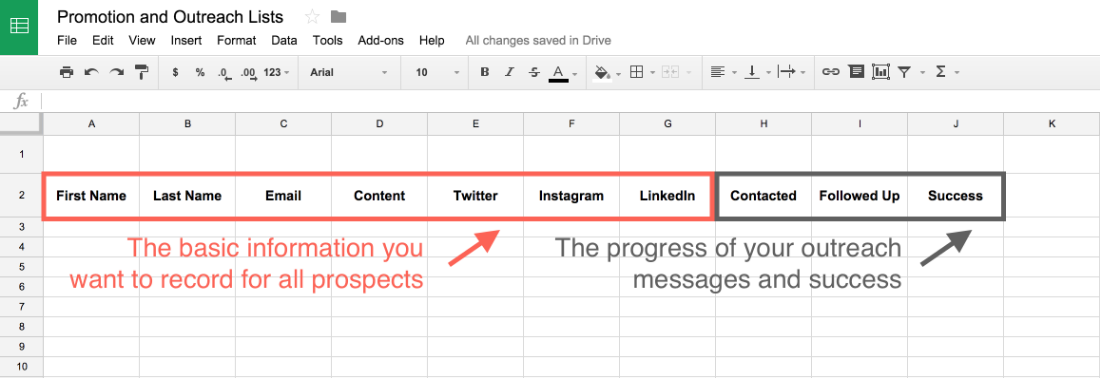Outreach planning
A well-planned outreach campaign will result into greater mobilization, stronger alliances and longer-term partnerships. Whether you are operating as an individual, a volunteer group or an organization, the steps below should help you kick off your outreach initiatives:
- Develop your outreach strategy: Identify your priorities, needs and assess your resources. Start by answering the following questions: What are you looking to achieve? What are you trying to solve? What are your campaign themes or key messages? What do you need attain your goal? What are the resources, skills, support and staff you need to get there?
- Identify every step and objectives: Define tasks, milestones and place dates on each deliverable. Breaking down your plan into a short-term, a mid-term and a long-term objective is a good strategy. Don’t forget to define an evaluation plan, including the outcomes you will be measuring. Click here for a sample planning template.
- Identify your target audience: Whom are you trying to reach out to and/or partner with? Are you trying to reach out to high school students? In that case, reach out to a school principal or a teacher. University students? Reach out to university groups and students associations. If you are looking to reach out to a particular community a faith-based organization or leader, a community centrer or a community representative would likely be your key target. You can refer back to this section for more advice.
- Identify your outreach mediums and methods: What methods of communication does your target audience use? Traditionally, outreach is conducted through email, although outreach is more and more conducted through social media (such as Facebook, Twitter, LinkedIn, Instagram). Keep your email or message concise, personalized, genuine. Avoid soliciting people on their personal Facebook social profiles.
- Create an outreach monitoring tool, such as a centralized document to keep track of the individuals, groups and organizations you’ve contacted. The tool should be updated systematically. Here is a an example of what your outreach list could look like:

- Start implementing your short- and medium- term plans. Monitor your strategy to make is everything is going as planned. If necessary, tweak your strategy.
- Evaluate your outcomes: Did your strategy go as planned? Were you able to get in touch with your desired stakeholders? What is your audience’s or partners’ feedback? What can you learn from this initiative?
- Follow up and keep in touch: Beyond a simple (and mandatory!) thank you, ask those who responded to your outreach how YOU can help them in return.
For more tools and resources on how to outreach, click here.
